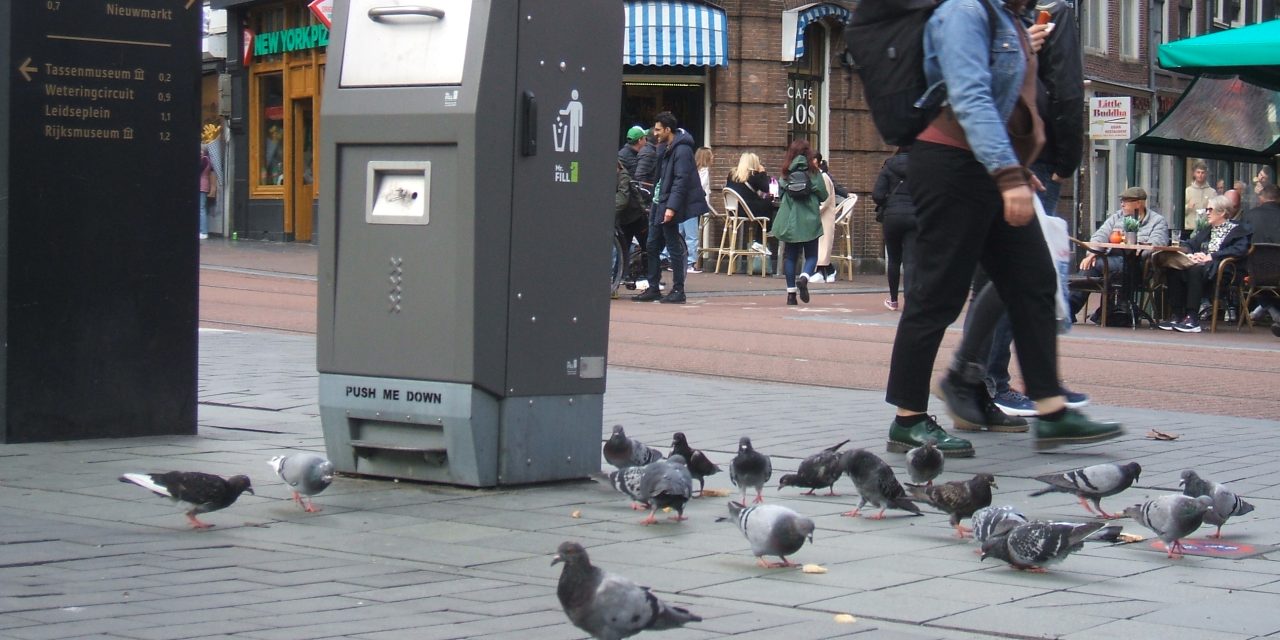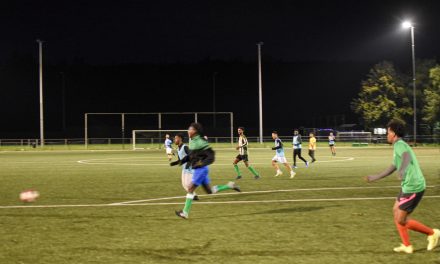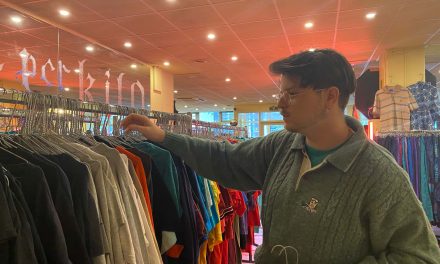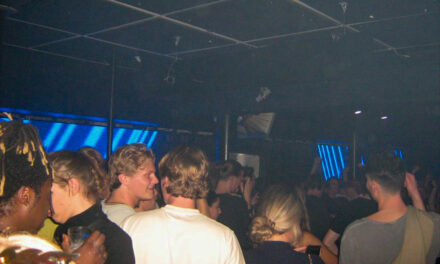Pigeons are often misunderstood creatures, as many people believe them to be disease-carrying pests. Hostile pigeon architecture, such as the installation of spikes and wire covers on infrastructure, has become a common practice throughout all urban cities. Despite this, pigeons and humans are more alike than is first obvious.
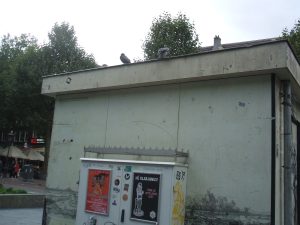
Somebody has drawn a shark fin on this hostile pigeon architecture in Amsterdam
Humans and pigeons cohabit the same urban spaces. Because of this, the health condition of a pigeon may indicate the cleanliness of an area, as well as whether an area is safe for humans to live in.
Many pigeons are missing limbs. This strange phenomenon has mysterious causes, although it has grown apparent in recent years that busy areas often have more pigeon amputees living in them.
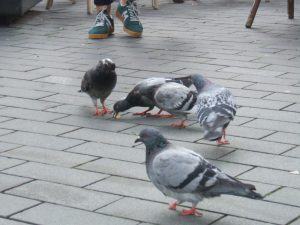
The pigeon on the bottom is missing two toes
Pigeons are an extremely important species on a scientific and environmental level. Since many people see pigeons everyday, they play a vital role as ambassadors for the animal kingdom, as they promote good relations between animals and humans. Because of this, the study of pigeons has become a main focus for scientists as they work to improve the living conditions of pigeons.
Many methods for the management of urban pigeon populations are being explored in Utrecht today. One method involves the use of fake eggs, which can lessen the fertility rate of the species. Another involves the reintroduction of falcons to Utrecht, who are natural predators of pigeons, although this field of research requires more study.
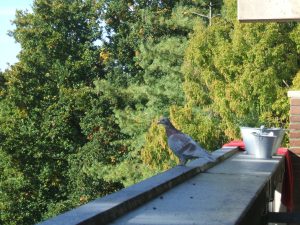
This healthy pigeon is enjoying the view over Utrecht
Due to the pigeon’s status as an indicator species, their livelihood is integral to not only animal rights, but human rights as well. I got the opportunity to speak with Dr. Vivian Goerlich about the lives of pigeons in urban areas, as well as where their toes have gone.
